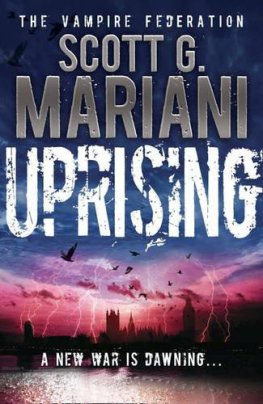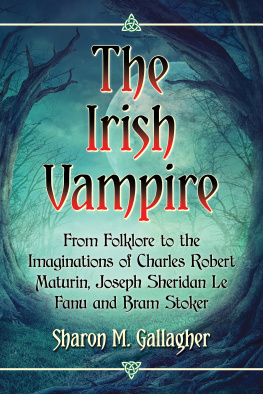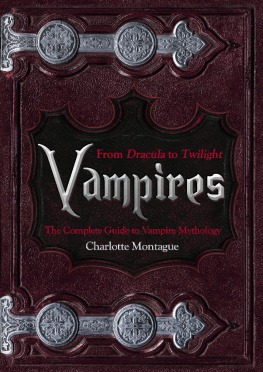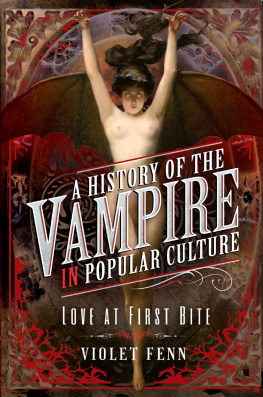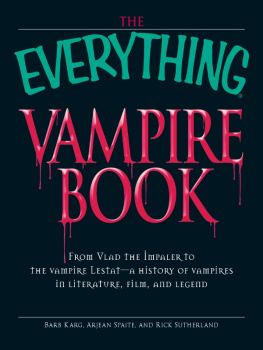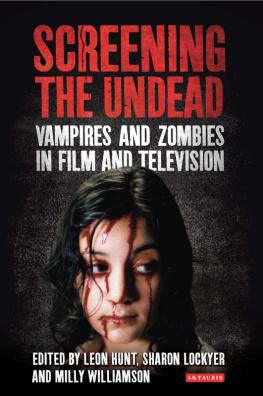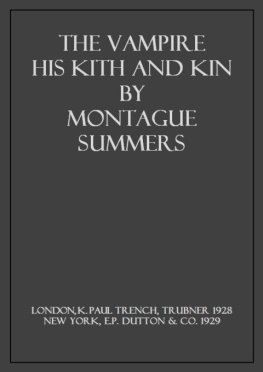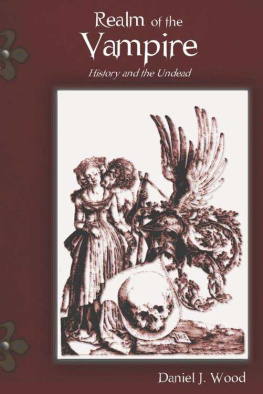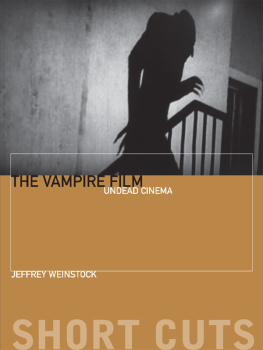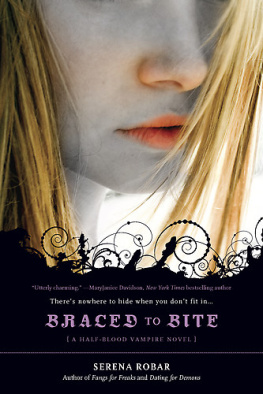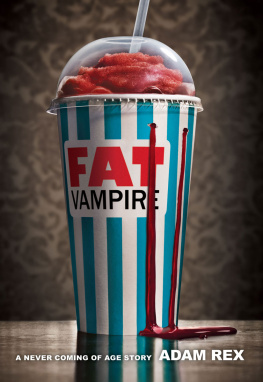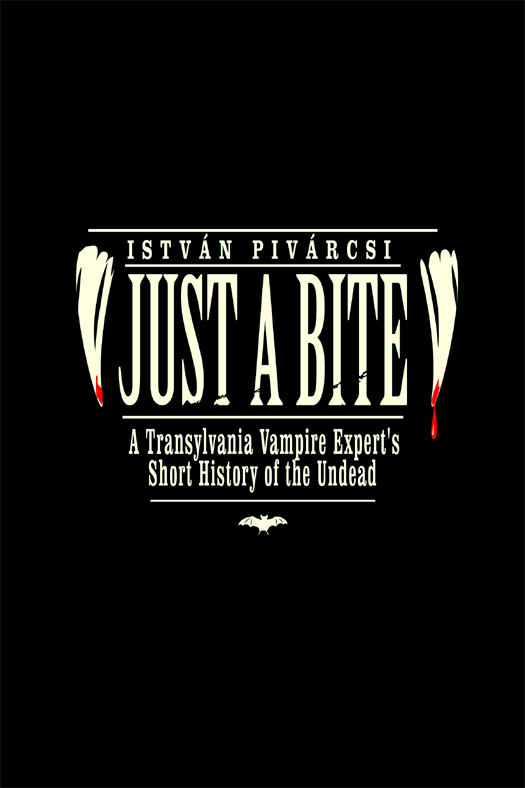Published by New Europe Books, 2012
Williamstown, Massachusetts
www.NewEuropeBooks.com
Copyright Istvn Pivrcsi, 2012
Translation by Dorottya Olchvry, Dniel Dnyi, and Paul Olchvry
Copyediting by M. Henderson Ellis and Paul Olchvry
Cover design Andrs Baranyai, 2012
Interior design by Liz Plahn
Images on these pages
ALL RIGHTS RESERVED. No part of this book may be reproduced or transmitted in any form or by any means, electronic or mechanical, including photocopying and recording, or by any information storage or retrieval system, without written permission from the publisher except in the case of brief quotations in critical articles and reviews.
Library of Congress Cataloging-in-Publication Data
Pivrcsi, Istvn.
Just a Bite: A Transylvania Vampire Experts Short History of the Undead / Istvn Pivrcsi; [translation by Dorottya Olchvry, Dniel Dnyi, and Paul Olchvry]. 1st ed.
p. cm.
Includes bibliographical references.
eISBN: 978-0-9825781-5-5
1. Vampires. 2. Dracula, Count (Fictitious character) 3. Monsters. 4.
Torture. I. Title.
GR830.V3P63 2012
398.21dc23
2012008356
v3.1
TABLE OF CONTENTS
Preface
If there is one thing that is truly and quintessentially human, it is the world of fantasy. Since childhood Ive been keenly aware that I imagine things all the time, and given that this happens every bit as much to most other people and that we share such musings with others, it is not hard to appreciate how what we might collectively term mythology or the universe of the collective imagination developed out of all this. At the same time there is a bit of conscious human chicanery at work in imagining our imaginations to be so unique a trait, is there not? After all, we have yet to rule out the possibility that snails, for example, have active imaginations of some sort, and if they do, whether they too share their musings with each other.
In studying to become a historian, I was taught to believe only in facts and to be as honorable as possible in drawing conclusions from them. And yet I quickly realized that when considering a historical event, it wasnt so much the when and the why that interested me, but rather, what those persons who had participated in the given event were thinking when all this happened to them and/or on account of them. This led me to a love of two integrally related disciplinesfolklore and cultural historythat, while today firmly established in universities across the world, are still taken less than seriously by all too many people.
From there came my interest in, and research into, vampires. Add to this the fact that practically the whole mythology of vampires emerged in the very Eastern Europe where I was born and raised and live to this day as a native speaker of Hungarian. This, coupled with my academic interests, meant a unique opportunity for me to thus deepen my knowledge by way of first-hand research in Transylvaniawhich, though part of Romania since the early twentieth century, is still home to some two million ethnic Hungarians, who can also be found in other nearby regions of particular relevance to vampires, including the Balkans and parts of Ukraine. Just a Bite consequently draws as much on the works of Hungarian folklorists and others have who conducted research across such territories from the early twentieth century onauthorities whose works you will find in the bibliographyas it does on my disparate experiences in the field.
At the end of the nineteenth century, vampire mythology made a decisive break from the minds of those who lived in the villages of Transylvania and neighboring regions and broadened its horizons first to literature, then film, and later it became a favorite theme of other areas of the arts. What stirs me most is how it left its origins, the world of popular folk mythology, behind, as it were, and acquired a life of its own in the imagination of so many artists. This question is vital also because, of course, vampire stories are alive and well to this day in the artsand in particular on the silver screenbecoming all the richer as they acquire newer and newer content.
That being said, Just a Bite is focused unabashedly more on the historical than on so many contemporary vampiric sound bites all over the tube, the silver screen, the virtual world, and our collective imagination these days. The Transylvania I know and love from decades of study and travel, and that the world knowsor doesnt really know?as the birthplace of Count Dracula, is in some respects still a world apart; a world steeped in the rich fabric of human history and folklore that gave birth to so much of what lies just behind the surface of so many newfangled fanged fables.
The two questions most frequently posed to me by my students are these: Are there vampires? Do I believe in vampires? My answers to both are simple and more or less the same. As a teacher, I seek above all to clarify what it is that we should be in the business of calling real. Having made clear the centrality of this pursuit, I then try focusing attention on the fact that everything that exists in nature and in the human mind is part of reality. In short, then: vampires undoubtedly do exist, even if this is the case only in our imaginations and, consequently, as part and parcel of our cultural heritage as well.
Finally, a word on my narrative approach. This book represents one Hungarian historian and travelers sometimes elusive but ever conscientious filtering of numerous sourcessources including not only those books listed in the bibliography (some folkloric works available only in Hungarian) but also Hungarian-language and other archival materials and, indeed, stories heard during many journeys over many years in Transylvania and elsewhere in the region. As it is intended not so much as a scholarly work but more an information-rich, readable reference that provides a broad glimpse into our enduring and yet ever-evolving fascination with the undead, rather than providing citations throughout I opted to write it more or less as the information came to meand, as perhaps befits a scholar, removing myself from the scene, as it were, in the third person.
Hence, what you do in fact get is a Transylvania vampire experts necessarily subjective and, I trust, authoritative broad view of the subject. I would then kindly ask those readers inclined to further, in-depth study of the undead to head to the library and seek out works well endowed with footnotes or endnotes or with many more pages to plod through; indeed, Id encourage them to do so. Thank you for bearing with me, and please dont worry if you feel something tickling your neck in the middle of the night if youve fallen asleep with this book by your side. Its just your imagination. Or is it just a bite?
Istvn Pivrcsi, Budapest, 2012
Part I
The World of Blood
Chapter 1
Vampirology
Dear Reader: Welcome to my castle. Excuse us if it is a little crowded, but we live in a world obsessed with vampires. Never have so many people turned to our sinister undead friend for chills; never before have there been so many vampire sleuths, vampire tourists, and even vampire wannabes. But have some patience, have some sympathy, and here you will come to see the historical and cultural roots of our modern-day fascination with vampires. It will be a long night, filled with real and imagined places, blood libel and gory executions, andof courseDracula himself will make an appearance. Fictional characters aside, you may even meet a real-life vampire or two.


